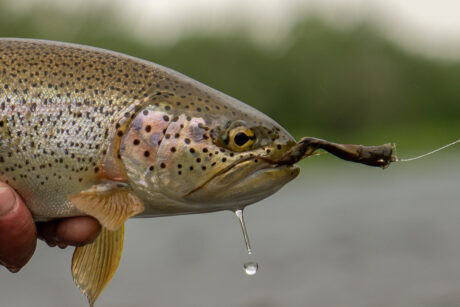
One of the most exhilarating and unique ways to fly fish for Leopard Rainbow Trout in Western Alaska is by ‘mousing’ for them. Small voles, and other rodents often find themselves in the river, intentionally or not, and our bigger predatory rainbows are always on the lookout for a meal that’s even more filling than their usual diet of salmon parts and bugs.
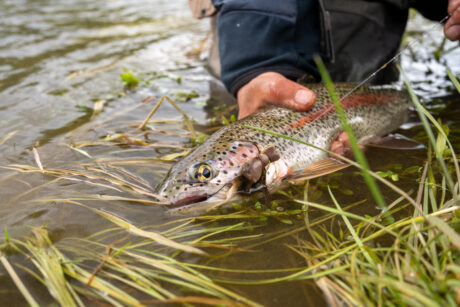
Rainbow trout in Alaska will attack a mouse pattern with such ferocity that they porpoise clear of the water, jaws snapping shut on fur and foam. It’s not just a spectacle—it’s a proven tactic: studies show that, during peak feeding windows, a large trout’s diet comes from small mammals swept into the current. Countless hours by many anglers have been spent watching the water for that telltale wake, and the how a well-presented mouse can turn a quiet afternoon into a story you’ll tell for the rest of your life.
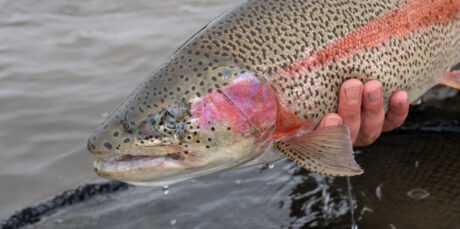
But mousing isn’t just about slapping a fly and hoping for chaos. It’s a deliberate, skillful game—one that rewards precision, timing, and a bit of nerve. Here are 5 field-tested tips that will help you tempt even the wariest Alaskan rainbow into a surface strike. Whether you’re guiding clients or chasing your own trophy, these strategies will put you a step ahead. Let’s get into the thick of things that make the difference. Sound good?
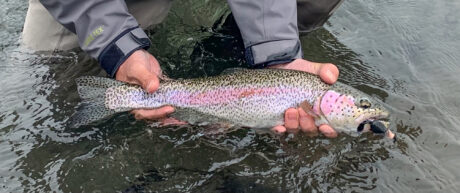
We thought so. Have a look at these tips for mousing.
- Let him eat it! By far, the hardest part of mousing at first is waiting long enough to set the hook. A mouse represents a big meal to a trout, so they move to the mouse fly really aggressively. Seeing a giant rainbow tear out from under a log to slam your giant dry fly is not exactly easy on the nerves…but you have to be patient! When the fish eats, wait for him to close his mouth and turn his head– otherwise you’ll be pulling that fly out of the mouth of one fish after another. It’s hard. Relax. Breathe deep. Wait to set the hook.
- Hit the banks. That big mouse fly will move fish from a lot of different lies, but trout that are tucked right up against the bank may not see the fly unless you put it right in front of them. A vole that just launched from shore is going to land right up against the bank, so you should do your best to imitate a little mammal falling into the water.
- Strip and swing. After you’ve pounded the bank, cover the water down and across using a combination of stripping and slow swinging. A variety of factors including which fly you’re using will impact which works best, so do both.
- Cover the water quickly. Trout have good eyesight, and they’ll move a long ways for a mouse– we’ve seen them come from 15 feet or more. There’s no need to land a second cast 6 inches from where the first one landed– anybody who was home would have eaten the first time. Covering the water really quickly is a better and more effective use of your time, and it’s more fun as well.
- Let him eat it! Did we mention that you need to be patient on the hook set? Relax. Let him close his mouth and turn his head. Be patient and hold your horses before you try to set your hook.
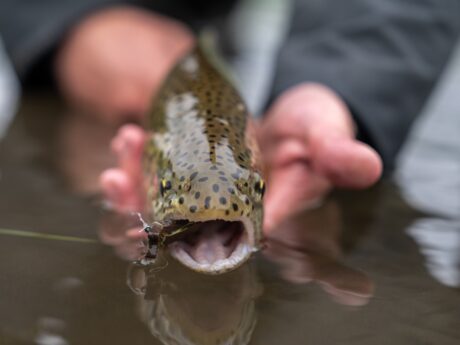
Leave a Reply